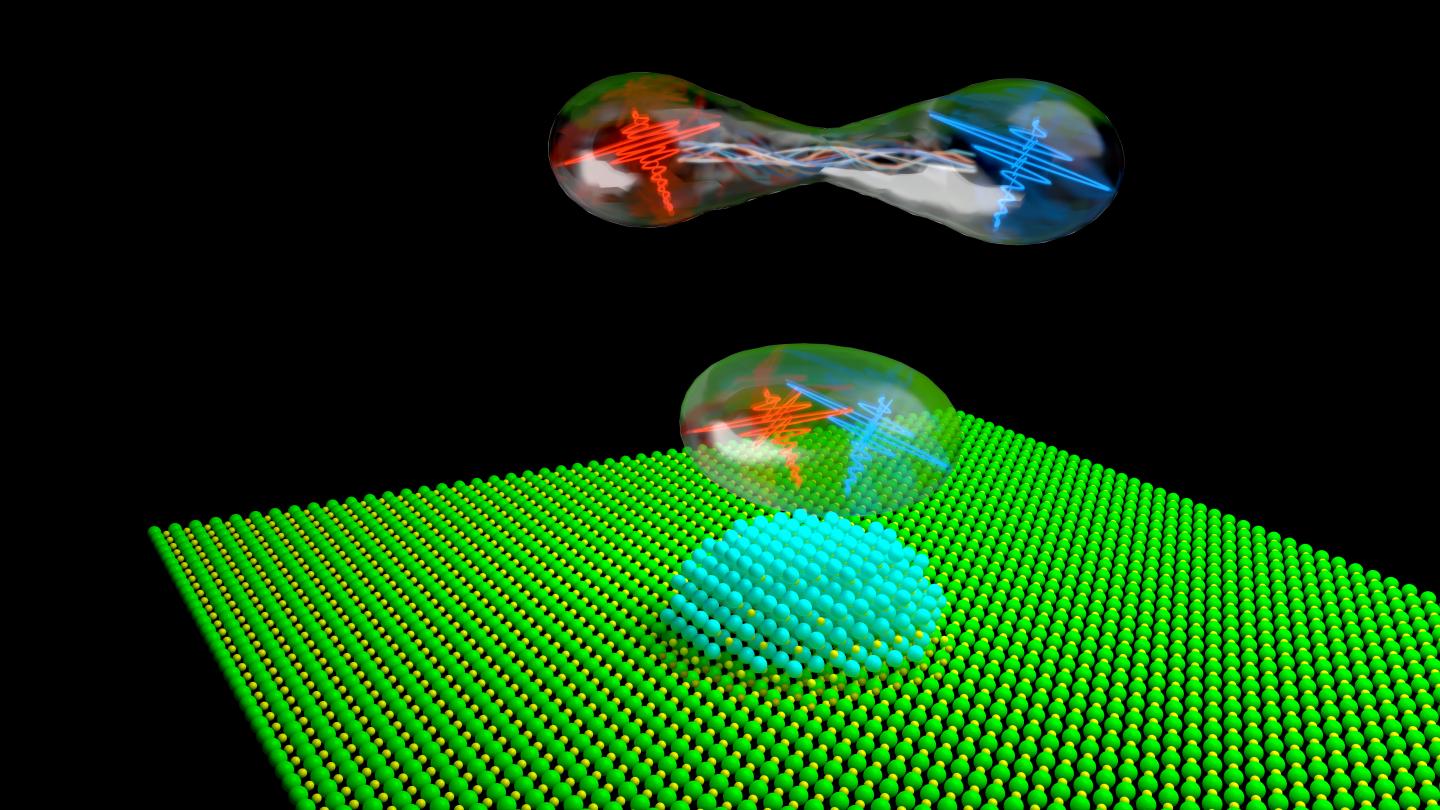We’ve known for quite some time now of the potential for using photon entanglement in quantum computing. But, one of the main problems when applying it is that many photon entanglement platforms don’t operate within the telecommunication range. Thankfully, an international team of researchers has been working on a way to tackle that issue by bending photons to match those used by today’s C-band standards.

“We have demonstrated the emission of polarization-entangled photons from a quantum dot at 1550 nanometers for the first time ever,” said Simone Luca Portalupi, a senior scientist at the Institute of Semiconductor Optics and Functional Interfaces at the University of Stuttgart, and one of the authors of the study. “We are now on the wavelength that can actually carry quantum communication over long distances with existing telecommunication technology.”
Quantum dots created from an indium arsenide and gallium arsenide compound were used during the research to produce pure single photons and entangled photons. Using quantum dots allows the photons to be emitted as and when needed, one at a time which is an essential property of quantum computing. The team then used a Bragg reflector in which to direct the photons to a microscope where there could be gathered and measured.
The C-band is a certain range of infrared wavelengths that most telecommunication devices operate on. “The telecom C-band window has the absolute minimum absorption we can achieve for signal transmission,” said one on the authors on the study, Fabian Olbrich. “As scientists have made discoveries, the industry has improved technology, which has let scientists make more discoveries, and so now we have a standard that works very well and has low dispersion.”
Olbrich and the other researchers are impressed with the quality of the signal. Previous efforts to move the emission wavelength of polarization-entangled photons of quantum dots usually resulted in an increase in the exciton fine-structure splitting (FSS). “The chance to find a quantum dot that is able to emit polarization-entangled photons with high fidelity is quite high for our specific study,” said Olbrich. “The hard part now is to combine all the advantages of the system and fulfill prerequisites such as high photon indistinguishability, high-temperature operation, increased photon flux and outcoupling efficiency that would make them work.”
More News to Read

